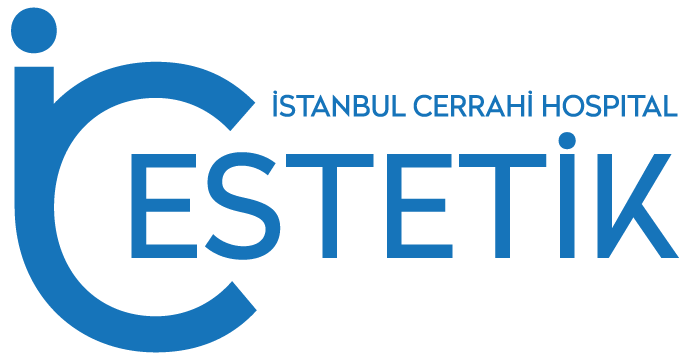The procedure commonly known as the Brazilian Butt Lift (BBL) remains a sought-after plastic surgery in certain regions, emphasizing the necessity of understanding its risks and advantages thoroughly. BBL involves a refined technique that merges standard or ultrasound liposuction with the transfer of a patient’s own fat from other body areas to the buttocks. Since the transferred fat isn’t foreign, rejection isn’t a concern. However, approximately 70% of the transferred fat cells might survive the process, while some will naturally be reabsorbed by the body. As a result, final buttock enlargement results become apparent weeks after the process concludes and swelling diminishes.
Similar to other cosmetic procedures, BBL can be combined with surgeries like breast augmentation, liposculpture, or tummy tucks, allowing comprehensive body reshaping.
Exploring the Procedure, Techniques, and Considerations for Ideal Candidates
The BBL surgery, performed under general anesthesia, usually lasts between one to two hours. The procedure can target specific buttock or thigh areas or encompass the entire region. In certain cases, it may be paired with liposuction to eliminate excess fat and facilitate lifting the skin.
Typically, tissue removal occurs at the lower back and buttock junction, permitting tissue elevation and buttock, hip, and lower back reshaping. Combining buttock cosmetic surgery with hip liposuction can restore a more youthful contour for those with flatter buttocks.
Four different techniques are available:
- Upper buttock lift: The most invasive method involves an incision at the top of the buttocks, removing excess tissue to reposition and enhance the appearance, potentially resulting in a longer scar.
- Lower buttock lift: Suitable for moderate sagging, this method involves an incision in the lower buttock natural crease, reducing visible scarring.
- Butterfly buttock lift: This technique, named for its incision shape, tightens skin but isn’t as effective for lifting the buttocks.
- Lateral buttock lift: Suitable for moderate sagging without excessive fat, this method involves incisions on the outer sides of each buttock, minimizing scarring.
What are the Advantages?
The advantages of a buttock lift are both cosmetic and psychological, including firmer, shapelier buttocks and thighs, improved body contour, tightened skin elasticity, and enhanced emotional well-being.
Aesthetic considerations for surgeons revolve around achieving symmetry and minimizing scarring. Uneven removal of skin and fat can result in unnatural shapes, emphasizing the importance of surgical skill and planning. Skilled surgeons aim to minimize and strategically position scars where they’re less noticeable.
Ideal candidates for BBL surgery
Ideal candidates for BBL surgery should be in good health with areas of excess fat for transfer. Pre- and post-surgery, it’s advisable to avoid dieting or intensive fat-burning exercises to preserve fat deposits.
Recovery after BBL
Recovery duration varies, with return to work typically after two weeks. Wearing a compressive garment for four weeks and minimizing sitting on the buttocks for about three weeks post-procedure are crucial aspects of the recovery process.

